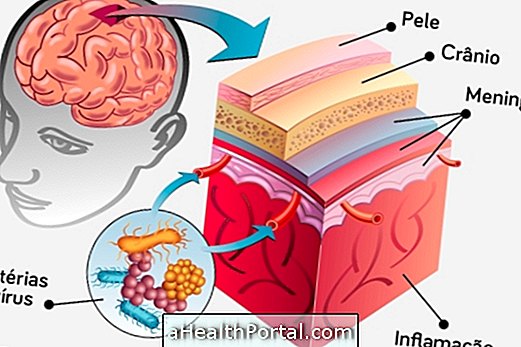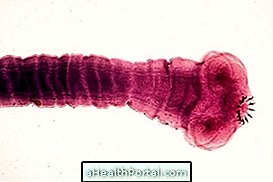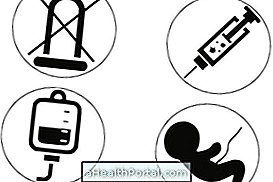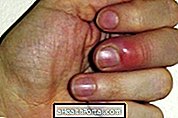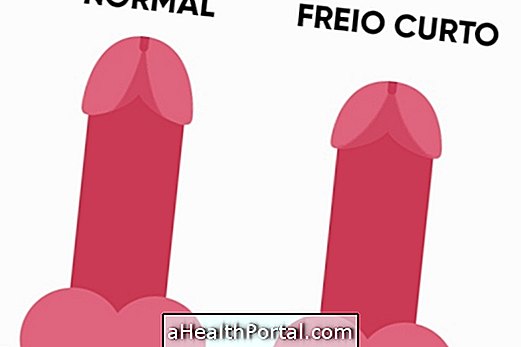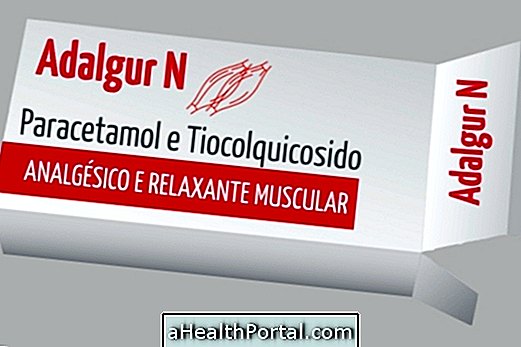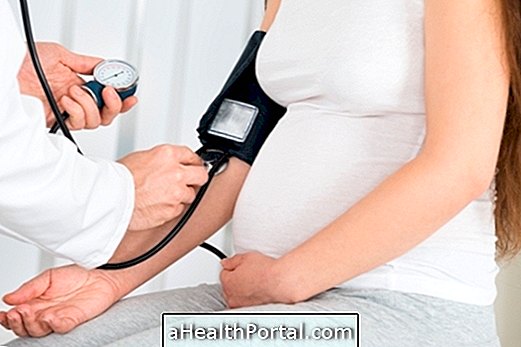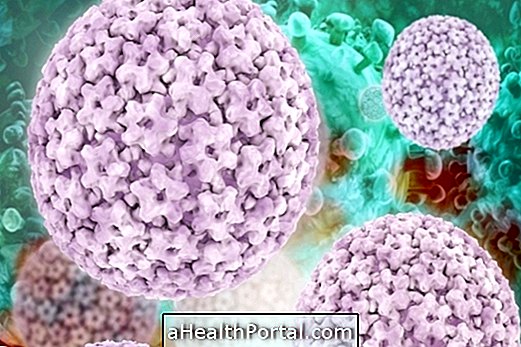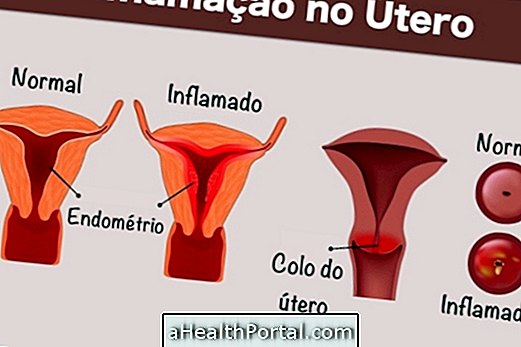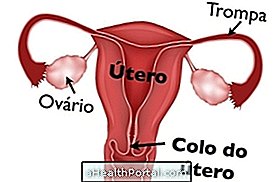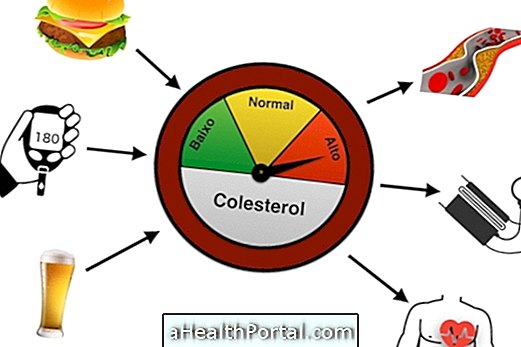Meningococcal meningitis is a rare type of bacterial meningitis, caused by the bacterium Neisseria Meningitidis, which causes a severe inflammation of the membranes that cover the brain, generating symptoms such as very high fever, severe headache and nausea, for example.
Meningococcal meningitis usually occurs in the spring and winter, especially affecting children and the elderly, although it can also occur in adults, especially when there are other diseases that cause a decrease in the immune system.
Meningococcal meningitis is curable, but treatment should be started as soon as possible to avoid life-threatening serious neurological sequelae. Thus, whenever there is suspicion of meningitis, one should go to the emergency room to confirm the diagnosis and start treatment.
See the tests that can be used to confirm meningitis.
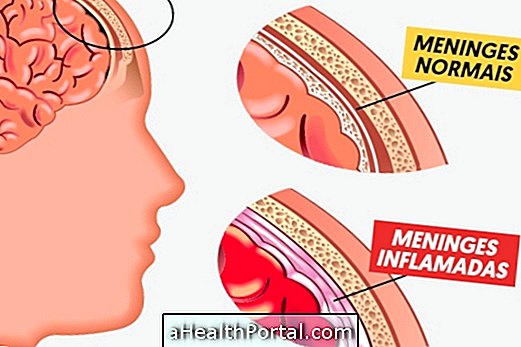
Main symptoms
The most common symptoms of meningococcal meningitis include:
- High fever above 38º;
- Splitting headache;
- Nausea and vomiting;
- Rigidity in the neck, with difficulty to bend the neck;
- Drowsiness and excessive tiredness;
- Joint pain;
- Light and noise intolerance;
- Purple spots on the skin.
In the baby, meningococcal meningitis can still cause other symptoms such as tense tender, agitation, intense crying, stiffness of the body and seizures. Since the baby is more difficult to understand what the problem is causing intense crying, it is always best to consult a pediatrician, especially if there is any change accompanied by a fever or changes of the mill.
How to confirm the diagnosis
Since meningococcal meningitis is considered an emergency situation, one should go to the emergency room as soon as one suspects a possible infection in the meninges. In these cases, the doctor may be suspicious of the disease through the symptoms, but a lumbar puncture is necessary to identify if there is any bacterium in the spinal cord and confirm the diagnosis.
How is the treatment done?
Treatment for meningococcal meningitis should be done as soon as possible in hospital admission with injection of antibiotics into the vein, such as Ceftriaxone, for about 7 days.
During treatment, family members should wear protective masks whenever they visit the patient, as the transmission of meningococcal meningitis occurs through respiratory secretions, however, it is not necessary to remain in isolation.
What Causes Meningococcal Meningitis
Meningococcal meningitis is an infection of the meninges, the membranes that cover the brain, caused by the presence of the bacterium Neisseria Meningitidis. Generally, this bacterium first infects other parts of the body such as the skin, the intestine or the lungs, and then it can reach to the brain, where it develops and causes a great inflammation of the meninges.
In rare cases, this bacteria can enter the brain directly, especially if there is a serious head trauma, such as in a traffic accident or brain surgery, for example.
How to protect yourself
The prevention of meningococcal meningitis can be done with the use of vaccines for meningitis included in the schedule of vaccination of the child, as well as other care such as:
- Avoid places with many people, especially;
- Keep the rooms well ventilated;
- Avoid enclosed spaces;
- Have good body hygiene.
In addition, people who have been in close contact with another infected person should consult a general practitioner to assess whether they have also been affected by the bacteria, starting antibiotics if necessary.
Check out a more complete list of care to avoid getting meningitis.
Possible sequelae of meningococcal meningitis
Since meningitis affects the brain membranes, there is a very high risk of complications such as:
- Loss of vision or hearing;
- Severe brain problems;
- Difficulty in learning;
- Paralysis of muscles;
- Heart problems.
The sequelae of meningococcal meningitis usually arise when treatment is not done properly or when it is started too late. Understand better the possible consequences of meningitis.
